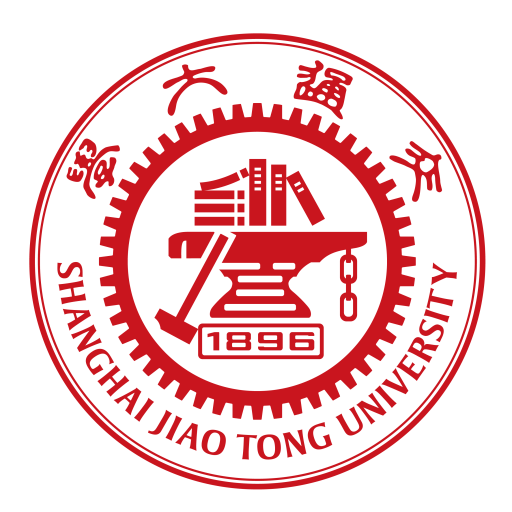Molecular functionalization of two-dimensional transition metal dichalcogenides (TMDs) combines the tailorability of organic molecules with the robustness of inorganic surfaces, offering an effective avenue to manipulating and optimizing surface characteristics for a broad scope of applications, but rarely for catalysis. This is due to the covalent passivation of surface defects, the same sites driving catalytic conversions.
Jia herein demonstrates a non-covalent functionalization strategy of WS2 nanostructures using N-heterocyclic carbene (NHC) ligands. The strong electron-donating nature of NHCs (Lewis basic sites) synergizes with sulfur vacancies (Lewis acid sites) on the WS2 surface, while the bulky substituents of NHCs and the rigid 2D lattice create steric hindrance, mimicking the frustrated Lewis pair (FLP) chemistry. This unique hybrid NHC-WS2 interface enables ambient heterolytic cleavage of hydrogen molecules for hydrogenation reactions, with the activated hydrogen species being captured and studied using solid-state nuclear magnetic resonance (ssNMR). The demonstrated FLP strategy leverages the weak, non-covalent interactions to reconcile the issue of covalent passivation of defect sites on TMD surfaces, paving the way towards enhanced catalysis.
Congrats to Jia and the team for the innovative work and awesome collaboration!
Link: https://advanced.onlinelibrary.wiley.com/doi/10.1002/adfm.202502325

